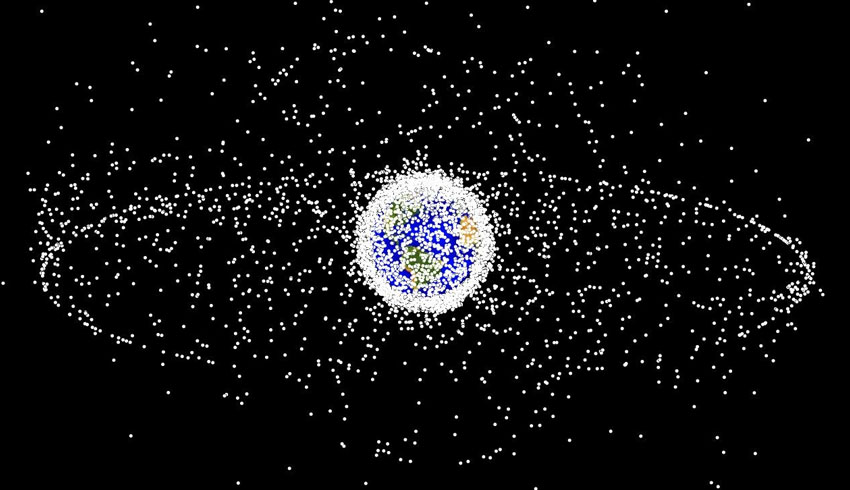
Industrial Sciences Group is one of 10 successful grant recipients from the Australian Space Agency’s International Space Investment initiative.
They will develop a new tool to help satellite operators assess the risks to satellites from collisions with space debris. Currently there are more than 20,000 satellites and pieces of debris tracked in orbit around the Earth.
Industrial Sciences Group is developing a new decision support system to enable satellite operators to make decisions with greater certainty and speed.
David Shteinman, managing director of Industrial Sciences Group, explained that collisions have a low probability of occurrence but are a high risk in space: "We will need to actively manage the ‘traffic’ on the ‘roads’ in space, but there are no highway police up there. Even if something as small as a screw flies into a satellite, it can break the satellite apart and create more junk and debris."
‘Space junk’ consists of debris from previous space missions and whole satellites that are no longer operational, current tracking techniques can monitor space junk down to a size of 10 centimetres in diameter.
These passive pieces of debris travel in different orbital altitudes at speeds of up to 28,000 kilometres per hour.
Debris is not controlled or manoeuvred – collisions between space junk and satellites are a major concern in the space community, especially in low-Earth orbit (LEO).
With more than 2,200 active satellites in LEO, these can move to avoid a collision, but this costs fuel, time and effort.
Currently, possible space collisions are predicted ahead of time. But there is a lot of uncertainty when determining if a collision will actually occur.
Industrial Sciences Group is tackling the problem with specialist expertise in statistics, mathematics and astrodynamics.
"There is no global approach to assess the risk and probability of a collision occurring in space, but we are here to add some science and rigour to the decision-making process," Shteinman explained.
The NASA Robotic Conjunction Assessment Risk Analysis (CARA) is responsible for protecting all NASA satellites from catastrophic collisions. CARA has developed a concept for a Decision Support System (DSS) to assist satellite operators make collision avoidance decisions in real time.
Industrial Sciences Group will develop the concept into an operational tool. They will use advanced maths and statistics to analyse CARA’s data on previous collision warnings to develop a rigorous approach for assessing and acting on the risk of collision.
This new software has the potential to be a major contributor to space traffic management. The final outcome will be a decision support tool for satellite operators.
Receive the latest developments and updates on Australia’s space industry direct to your inbox. Subscribe today to Space Connect here.









